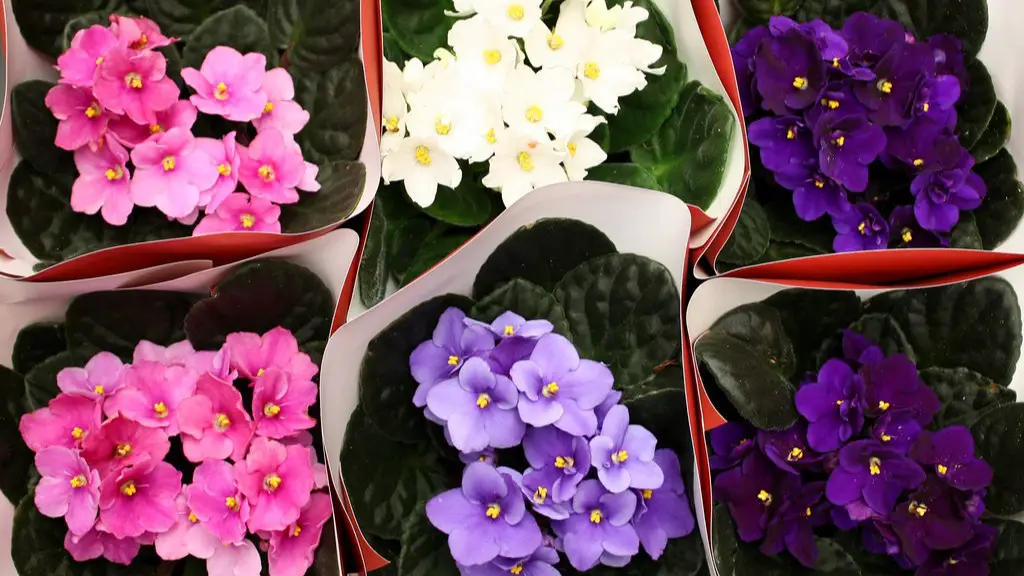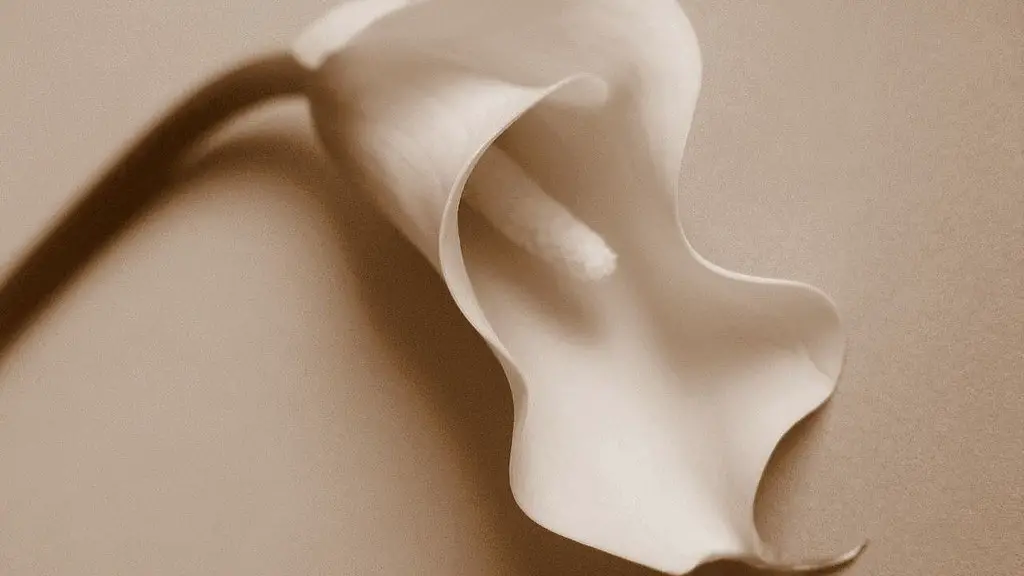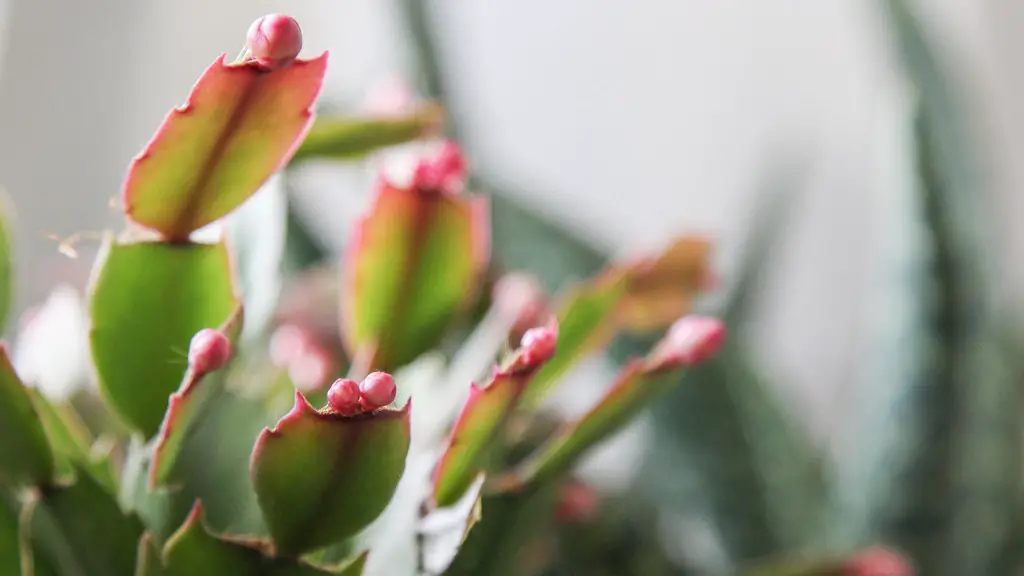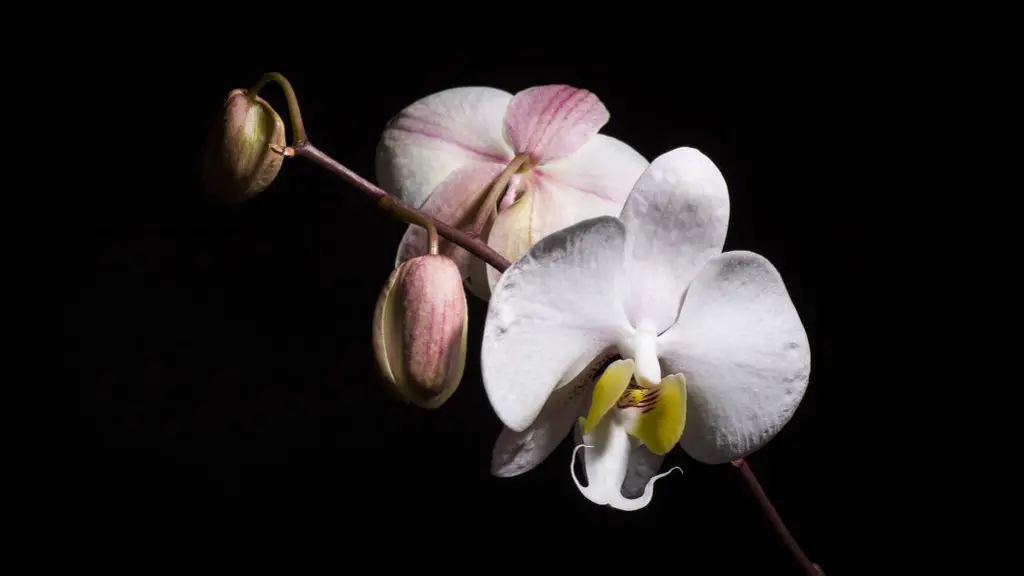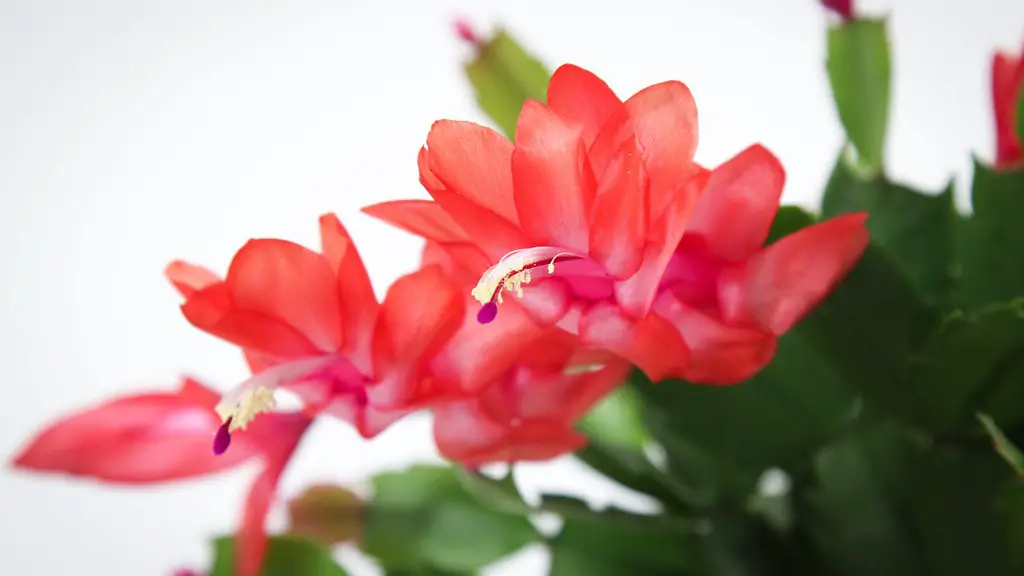If you are the proud owner of an African violet, you may be wondering how to best take care of your delicate plant. One of the most important things to keep in mind is how to water African violets. With a few simple tips, you can keep your African violet healthy and blooming for years to come.
When it comes to watering African violets, the main thing to remember is to never let the plant sit in water. This can cause the roots to rot, which can ultimately kill the plant. Instead, water the plant until the soil is moistened and then let it drain. It is also important to make sure that the leaves are dry before watering, as wet leaves can lead to fungal diseases.
African violets also prefer to be watered with lukewarm water, as cold water can shock the plant. If you have hard water, you may want to consider using distilled water or water that has been left out overnight to allow the chlorine to evaporate.
In general, you should water African violets once a week, although this may vary depending on the size of the plant and the type of soil it is planted in. If you notice the leaves beginning to wilt, this is a sign
To water African violets, fill a sink with lukewarm water and submerge the pot up to the rim. Allow the plant to soak for 15-20 minutes, then remove and allow to drain. Water African violets once a week, or when the soil feels dry to the touch.
How often should I water my African violets?
A wicking system is a great way to make sure your African violets are never over watered. Simply water the plant once a week and allow the plant to completely dry between waterings. The wicking system will help to keep the soil moist and the roots healthy.
It is best to water African violets from the bottom. This allows the water to go directly to the roots and prevents the leaves from getting wet and developing leaf spots. It is important to use lukewarm or warm water, as cold water can shock the plant.
Can I water African violets with tap water
If you are unsure about the quality of your tap water, it is best to err on the side of caution and use distilled or filtered water for your African violets. Chlorine, chloramines, and dissolved solids can all adversely affect the health of your plants, so it is best to avoid them if possible.
It is important to water African violets correctly to avoid crown rot. The crown is the section of the plant at soil level and it should not be saturated with water. Water on the foliage may cause permanent leaf spotting, so it is important not to mist the foliage. Use water that is room temperature.
Where is the best place to put an African violet?
If you want your plants to have the best color and blooms, grow them in bright, indirect light. A plant stand three feet away from a west- or south-facing window is an ideal location. Plants will still grow when situated right beside north- or east-facing windows, but leaves will be thin and spindly, and plants less likely to bloom.
If you want to selectively kill wild violets without damaging the grass, you can use a broadleaf killer that contains 2,4-D or Dicamba. Another great wild violet herbicide is called Drive (quinclorac).
Do African violets like their leaves wet?
The answer is yes you can get African violet leaves with not a problem at all however You must use sterile scissors or a sharp knife to avoid damaging the plant and then gently twist the leaves off the stem.
Your African violet is finicky about its water. Make sure the water is either tepid or at room temperature before giving it to your plant. It’s best to let it sit for 24-48 hours, but if you can’t, then let it stand for at least an hour.
What do Overwatered African violets look like
If your African Violet plant has been over-watered, the soil will retain too much water. This retention of water will cause the leaves and /or leaf stems to turn soft, limp or mushy. You can try to save the plant by gently removing it from the pot and letting it drain. Once it has drained, place it in a new pot with fresh, dry soil.
If you have plants that prefer more acidic soil, you may want to try watering them with coffee. Many plants seem to respond well to this, and it could help them to thrive. Just be sure to use coffee that is unsweetened and without milk, as these can affect the soil pH.
Can you water African violets with ice cubes?
It’s best to avoid using ice cubes to water your African violets, as the cold water can damage the plants. Room temperature water is best, as it will slowly melt and add moisture to the soil without putting your violets at risk.
It is very important to keep the crown and leaves of violets dry, as excessive moisture can make them highly susceptible to deadly pathogens, such as Crown Rot and Pythium. Brown or yellow leaf spots can also result from leaving water on the leaves, although these are much less serious.
Do African violets need sun or shade
African violets need indirect sunlight. Choose a north- or east- facing window for best results. Keep plants away from cold glass and rotate the pot once a week so all leaves receive light. Extend daylight by placing African violets under a grow light during winter months.
Your African Violet needs fertilizer to stay healthy throughout the year. During the spring and summer, you should fertilize your African Violets once every 14 days. In the fall and winter, you shouldn’t fertilize the plant at all to prevent over-fertilizing.
How do I force my African violet to bloom?
If your African violet isn’t blooming, don’t despair! There are a number of things you can do to encourage it to bloom again.
First, make sure it is getting enough light. African violets need 12-14 hours of bright, indirect light every day in order to bloom. If it is not getting enough light, move it to a brighter spot.
Secondly, African violets love humidity! If the air in your home is too dry, your plant will suffer. You can increase the humidity around your plant by placing it on a pebble tray or by using a humidifier.
Third, make sure your plant is getting all the nutrients it needs. African violets need to be fertilized every two weeks with a special African violet fertilizer.
Fourth, keep the temperature around your plant consistent. African violets prefer temperatures between 65-75 degrees Fahrenheit.
Fifth, make sure you are using the right soil. African violets need a light, fluffy, well-draining soil. You can buy special African violet potting mix, or you can make your own by mixing equal parts peat moss, perlite, and vermiculite.
As much as you may want to, resist the urge to brush the leaves of your African violets. Doing so can actually decrease the plant’s quality and size over time. So, the next time you’re tempted to reach out and touch, just think of the health of your beloved violet!
Final Words
Assuming you would like tips for watering African violets:
-Water the plants from the bottom, using a saucer filled with water. Allow the plant to sit in the water for 10-20 minutes.
-Water African violets until water runs out the bottom of the pot and then empty the saucer.
-Avoid getting water on the leaves of the plant to prevent leaf spot.
-Water African violets every 7-10 days or when the soil is dry to the touch.
To keep your African violet healthy and blooming, water it thoroughly, allow the water to drain completely, and then allow the potting mix to dry out slightly before watering again.
